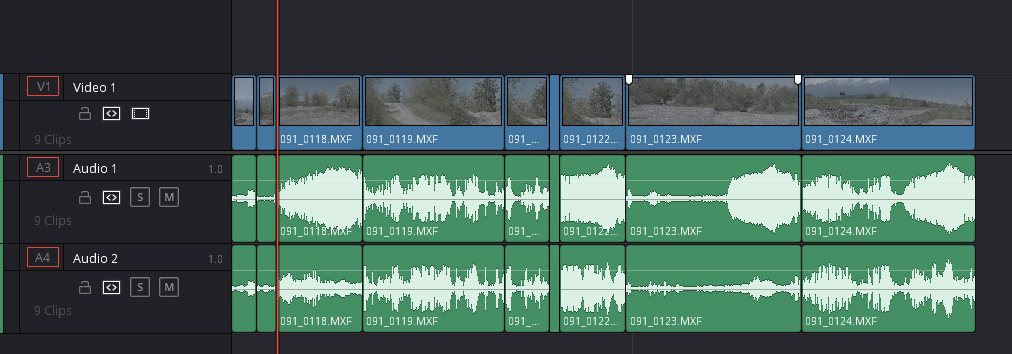- Posts: 35734
- Joined: Fri Dec 23, 2016 1:47 am
Stereo to Mono
28 posts
• Page 1 of 1
- Posts: 1215
- Joined: Fri Jul 01, 2016 11:07 pm
- Posts: 6358
- Joined: Sun May 28, 2017 9:34 am
- Posts: 35734
- Joined: Fri Dec 23, 2016 1:47 am
- Posts: 6358
- Joined: Sun May 28, 2017 9:34 am
- Posts: 35734
- Joined: Fri Dec 23, 2016 1:47 am
- Posts: 1215
- Joined: Fri Jul 01, 2016 11:07 pm
- Posts: 930
- Joined: Sat Aug 03, 2013 12:12 am
- Posts: 6358
- Joined: Sun May 28, 2017 9:34 am
- Posts: 930
- Joined: Sat Aug 03, 2013 12:12 am
- Posts: 6358
- Joined: Sun May 28, 2017 9:34 am
- Posts: 930
- Joined: Sat Aug 03, 2013 12:12 am
- Posts: 6358
- Joined: Sun May 28, 2017 9:34 am
- Posts: 930
- Joined: Sat Aug 03, 2013 12:12 am
- Posts: 6358
- Joined: Sun May 28, 2017 9:34 am
- Posts: 6358
- Joined: Sun May 28, 2017 9:34 am
- Posts: 930
- Joined: Sat Aug 03, 2013 12:12 am
- Posts: 35734
- Joined: Fri Dec 23, 2016 1:47 am
- Posts: 35734
- Joined: Fri Dec 23, 2016 1:47 am
- Posts: 1004
- Joined: Mon Sep 04, 2017 5:36 pm
- Posts: 35734
- Joined: Fri Dec 23, 2016 1:47 am
- Posts: 1
- Joined: Wed Sep 30, 2020 2:43 pm
- Real Name: Phil Deon
- Posts: 35734
- Joined: Fri Dec 23, 2016 1:47 am
- Posts: 35734
- Joined: Fri Dec 23, 2016 1:47 am
tentonnetongue
28 posts
• Page 1 of 1
Who is online
Users browsing this forum: Arman_, Google [Bot], Google Feedfetcher and 203 guests
